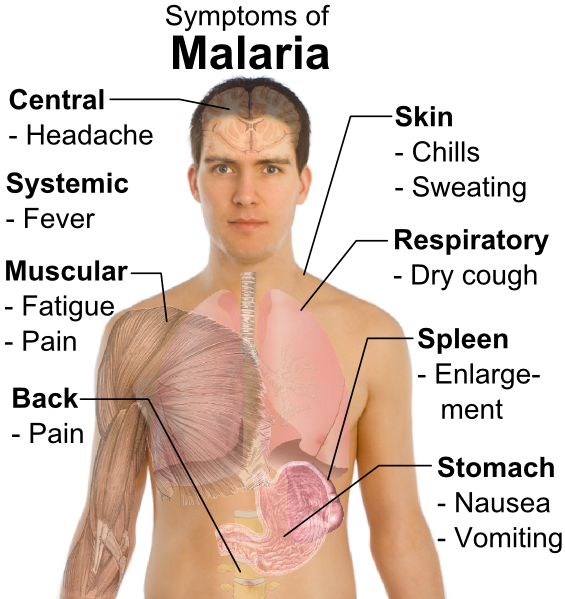The study was published in the latest issue of the journal Nature Biotechnology

The fight against malaria is one of the eight Millennium Development Goals defined in the UN Millennium Declaration, which was signed by all UN member states in 2000. One of the main ways to control the disease is with the help of fast and effective treatment with drugs based on artemisinin. Artemisinin is a natural substance extracted from Artemisia annua plants (a species of wormwood), but there are no cheap drugs based on artemisinin due to the high cost involved in producing the compound naturally or in its chemical synthesis. Extensive efforts spent in the last decade trying to produce the substance in microorganisms or other plants using genetic engineering methods have so far been in vain.
Now an application, the Research Development Society of the Hebrew University of Jerusalem, presents a new method that enables the production of artemisinin in heterologous systems, that is, in plants other than the wormwood plant, such as the tobacco plant. The method was developed by Professor Alexander Weinstein of the Faculty of Agricultural, Food and Environmental Sciences by Robert H. Smith at the Hebrew University, with the support of an Isaac Kay research grant, and it was published in the latest issue of the prestigious journal Nature Biotechnology, under the title "The creation of the effective antimalarial drug, artemisinin, in the tobacco plant".
Professor Weinstein and research student Moran Farhi used methods of genetic engineering to develop tobacco plants that contain the genes encoding the entire biochemical pathway needed to produce artemisinin. Because tobacco has a large biomass and is fast growing, this invention will enable cheap production of large quantities of the drug, paving the way for the development of a plant-based platform for the commercial production of an antimalarial drug. The invention is protected by a patent, and the application is now looking for partners for further development.
Yaacov Michlin, CEO of Amision, said, "Professor Weinstein's technology provides, for the first time, the possibility of producing cheap artemisinin by using tobacco plants. We hope that this invention will help, in the end, to eradicate this common disease, for the well-being of millions of people around the world, and in particular in developing countries."
Malaria is caused by a parasite known as Plasmodium, which infects humans through mosquito bites. Malaria symptoms include fever, headache and vomiting, and they usually appear 10-15 days after the mosquito bite. Without treatment, malaria can quickly become a life-threatening disease because it impairs the blood supply to vital organs.
Over 3 billion people are at risk of contracting malaria. Every year, about 250 million people get infected with malaria, and almost a million die. People living in the poorest countries are at the highest risk.
Malaria is a particularly serious problem in Africa, where 20% of child mortality is caused by the effects of the disease, and every 30 seconds a child dies from malaria.
